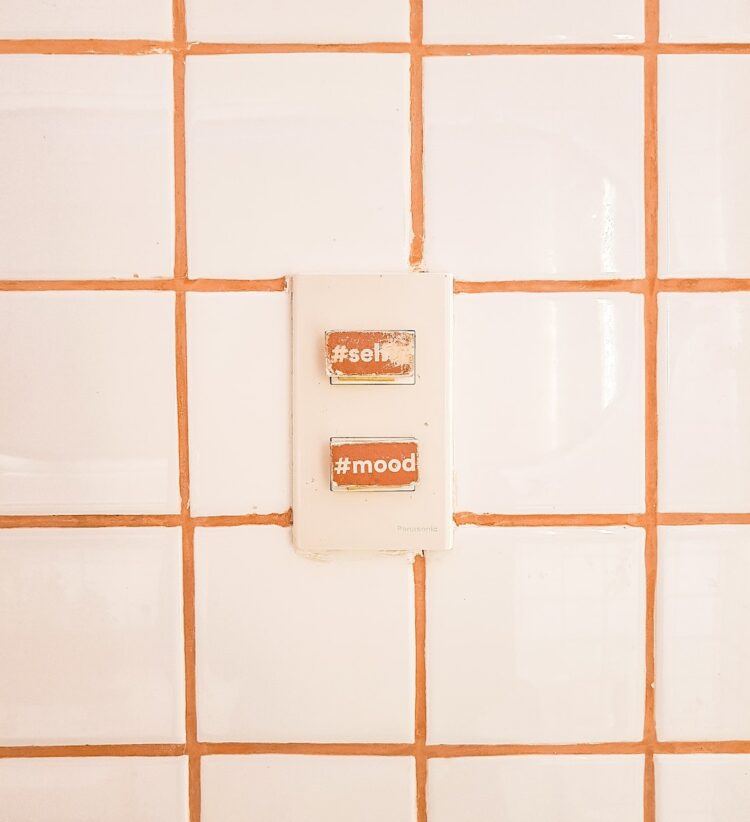Exploring the Origins of Writing Systems
Writing is an integral part of human communication, allowing us to record and convey information across time and space. But have you ever wondered about the origins of writing systems? How did humans develop the ability to represent spoken language in a visual form? Let’s take a journey back in time to explore the fascinating history of writing.
The earliest known writing systems can be traced back to ancient civilizations such as Sumer, Egypt, and China. These early writing systems emerged independently and showcased the ingenuity and creativity of our ancient ancestors. At its core, writing is a way to symbolically represent the sounds of speech, and different cultures approached this task in diverse ways.
Sumer, situated in modern-day Iraq, is widely regarded as the birthplace of writing. The Sumerians developed a system known as cuneiform, which involved impressing wedge-shaped marks onto clay tablets using a stylus. This method revolutionized record-keeping and administrative tasks, allowing for the organization and storage of information. It was a significant leap forward for civilization.
In ancient Egypt, the hieroglyphic writing system emerged around 3200 BCE. Hieroglyphs were pictorial symbols that represented words or sounds. The Egyptians used a combination of ideograms (symbols representing ideas) and phonograms (symbols representing sounds) to create their complex writing system. Hieroglyphs adorned temples and tombs, capturing the essence of Egyptian culture and providing insights into their beliefs and rituals.
In China, the evolution of writing began with Oracle Bones around 1200 BCE. These bones, typically turtle shells or animal bones, were inscribed with questions or statements. The cracks formed when heat was applied were interpreted by diviners, and the results were inscribed on the bones as records. Over time, the Chinese script evolved into a highly sophisticated system known as logographic, where each character represents an entire word.
Fast forward to the present, where the advent of modern technology has revolutionized the process of writing and printing. The keyword “dtf printing machine” represents one such innovation in the field of printing. DTF (Direct to Film) printing machines are designed to print directly onto fabrics, offering high-quality and durable results. This technology has transformed the textile industry, allowing for intricate designs, vibrant colors, and precise detail. DTF printing machines have become a game-changer for textile manufacturers, as they provide a more efficient and cost-effective alternative to traditional printing methods.
As we trace the origins of writing systems, it becomes evident that writing has always been a tool for human progress. From the ancient civilizations that paved the way to the modern printing technologies we enjoy today, it is a testament to human ingenuity and creativity. Writing systems have shaped our world, transmitting knowledge, ideas, and culture across generations. And as technology continues to advance, who knows what the future holds for the art and science of writing?
Publisher Details:
Resolute – DTF – DTG
https://www.resolute.ink/
+441246202686
Units 2 & 3 Turnoaks Lane, Chesterfield Derbyshire S40 2HA
Resolute DTF supply and service the R-Jet PRO DTF range of printers exclusively in the UK. We also supply Resolute Premium DTF Inks, films and powders. We are the UK’s premium Kodak DTF supplier for DTF inks, DTF Films and DTF powder. Our DTF printers range from 40cm with manual powder application to 60cm fully automated DTF printers, with powder, powerless DTF and also DTF UV.











